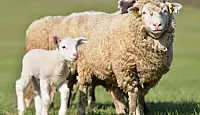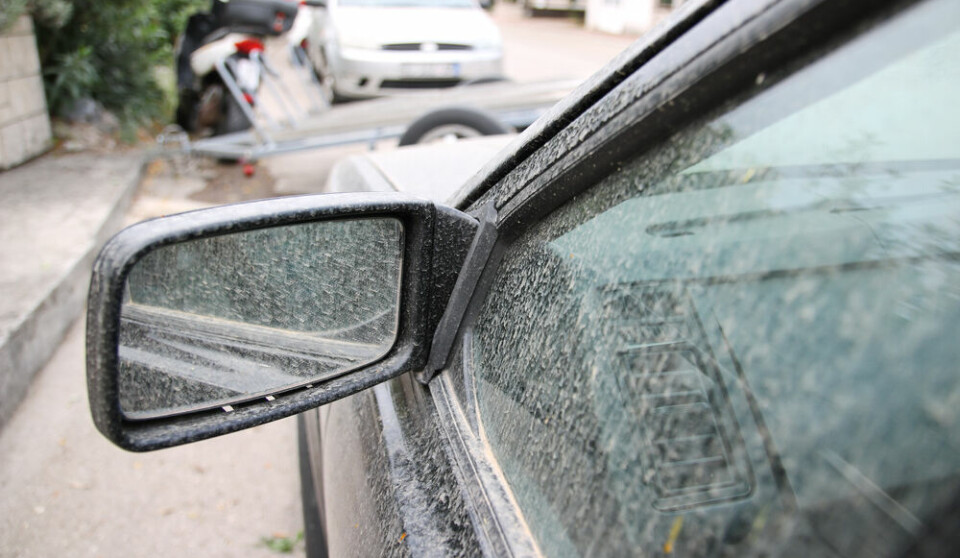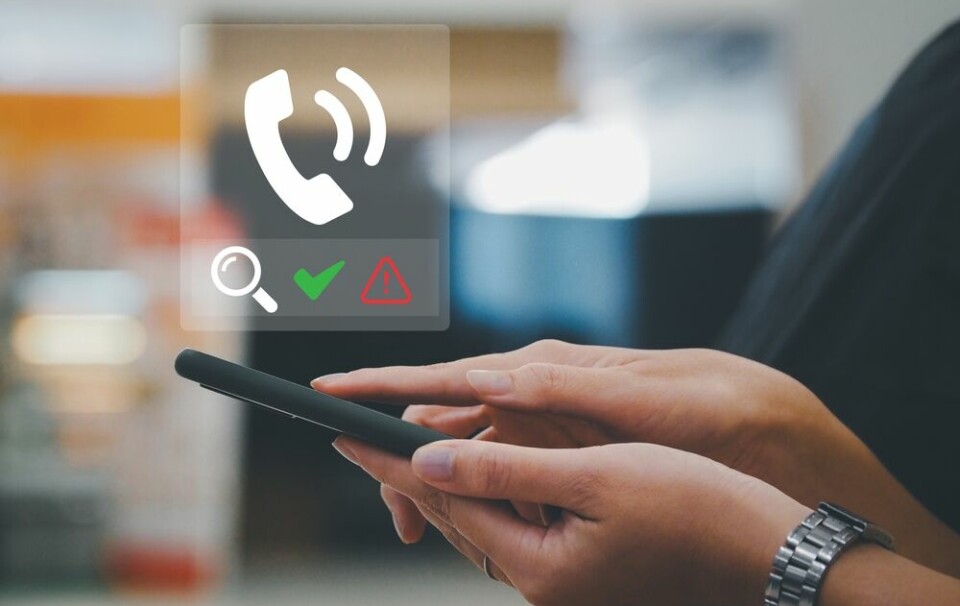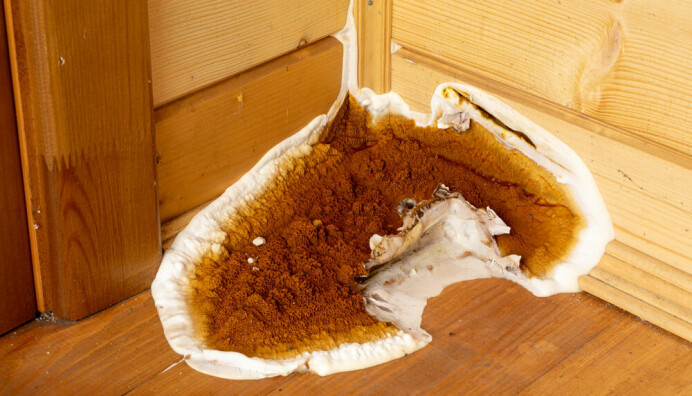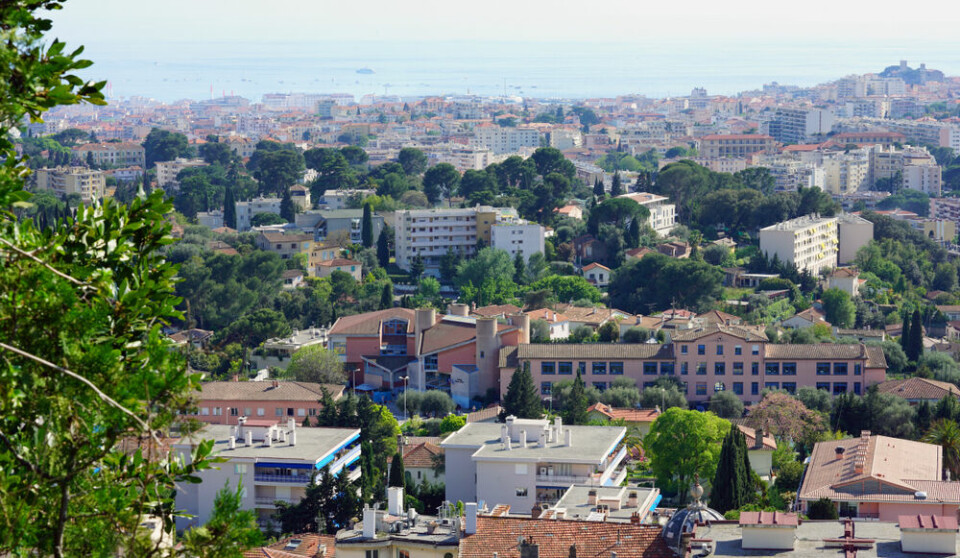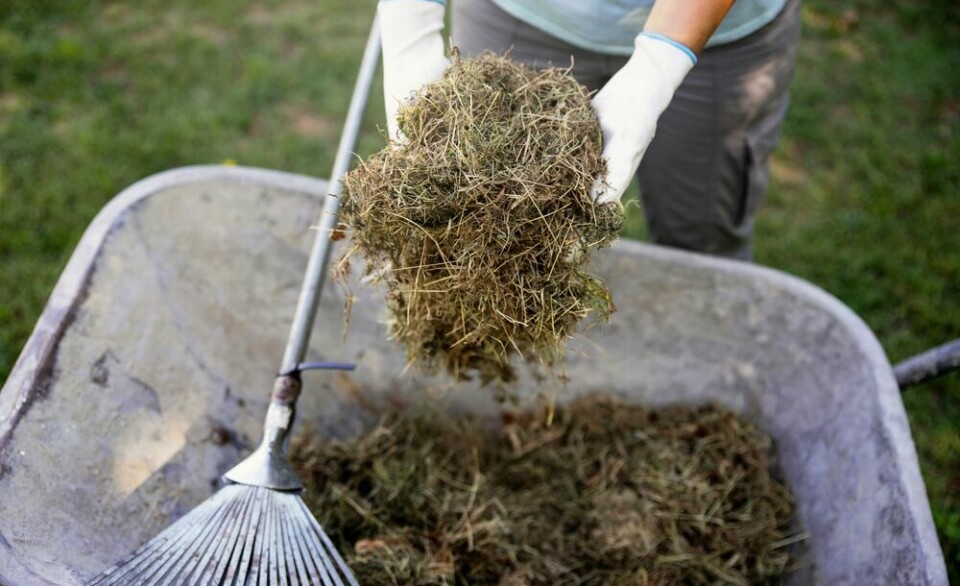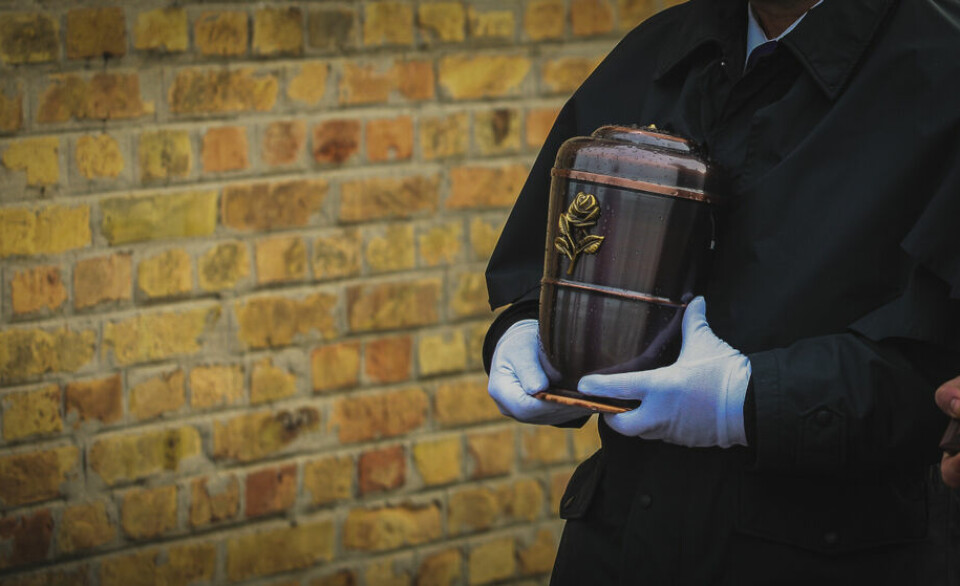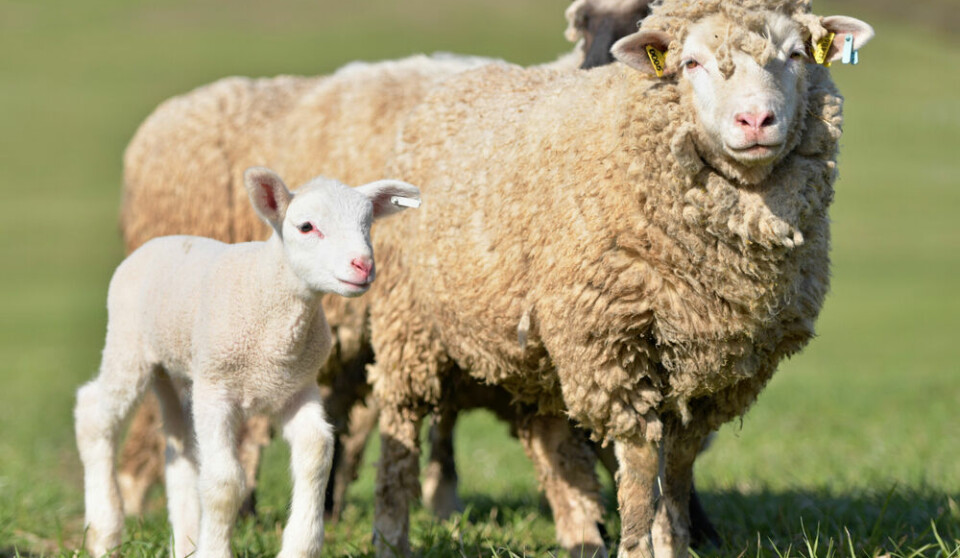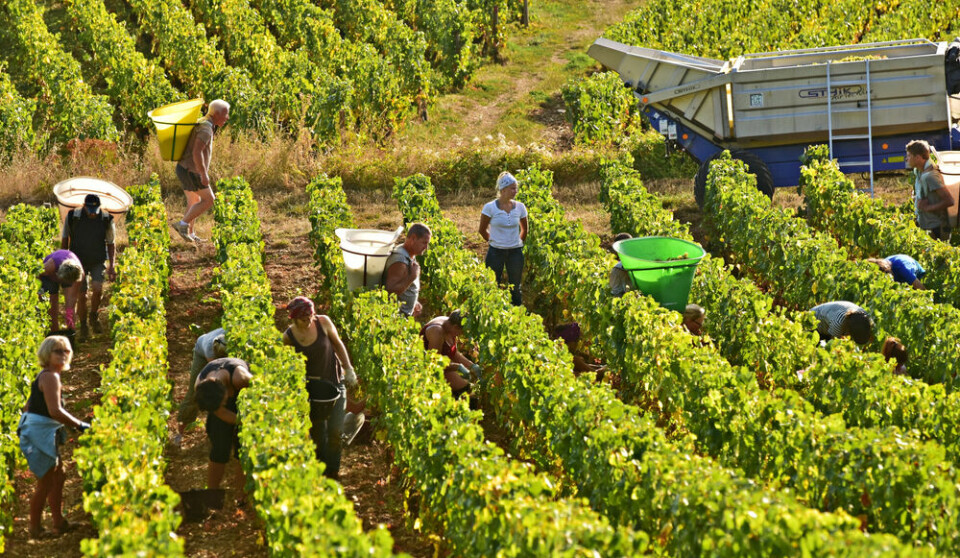-
Stray dogs to be shot after sheep attacks in southern France
But animal welfare campaigners say the dogs should be taken to shelters instead
-
Meet France's great garden acrobat
With its bright yellow and blue plumage, the Eurasian blue tit is easy to spot in the garden.
-
Petit lapin, coup du lapin: 6 commonly used French rabbit expressions
A potential new penalty for missing a doctor’s appointment has also been nicknamed la taxe lapin - we explain why
5 ways to buy food directly from farmers in France
You can get high quality, fresh produce at low prices by cutting out the middleman
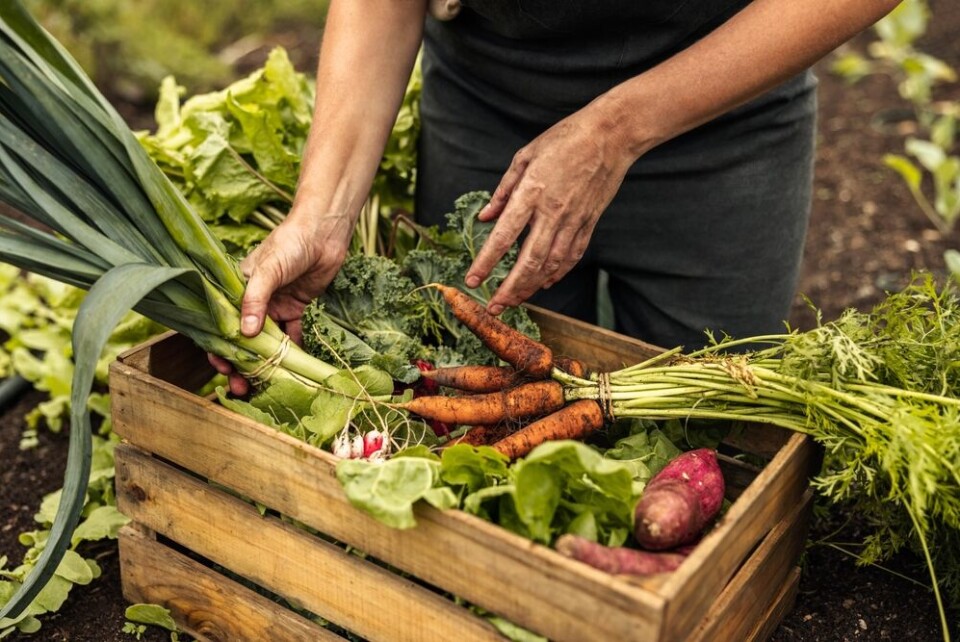
You can get high quality, fresh and locally produced food at lower prices by cutting out the middleman and purchasing directly from farmers. We look at five ways to do this in France.
The recent farmers’ protests brought supermarket prices under the spotlight, with many producers claiming that they do not get a fair cut of the profits.
However, it is not just farmers who benefit when you buy directly from them rather than from a supermarket.
Direct purchases can help you build ties with your local community, support sustainable farming, and supply you with fresh, high quality produce at lower prices.
Here are five ways that you can do this:
1. Local farmers’ markets
Most towns and communes organise a market where local farmers sell their goods. These markets tend to take place weekly, although big cities might have several each week.
The products here tend to be 10-15% cheaper as farmers do not have to pay rent.
Fruits and vegetables in particular are likely to be tastier than their supermarket equivalents because supermarkets’ primary criterion is how long the product will last on their shelves rather than taste.
Go to jours-de-marche.fr to find out when there is a market in your area. The search tool allows you to enter your commune and will display local markets and the dates they are held.
Another tool to find local markets is available on annuaire-mairie.fr. Halfway down the page is a search bar where you can enter the name of your commune.
2. Buy directly from farms
Many farms that sell their produce directly announce it by a sign at the side of the road.
In such cases they sell either by weight or in boxes for a set price.
There are also a number of websites that can help you find such farms:
Acheteralasource.com lets you enter your town and displays a map with nearby farms that sell on-site. It also allows you to filter by type of product.
You can then click on the farm to find its address, contact details and the products that they offer.
Some farms offer free delivery if you live in a certain area.
Tens of thousands of farms are listed, including dairy farms, apiaries, cattle farms and vineyards.
Localomanie.fr also shows a map of local vendors. It allows you to search by département, type of produce or by label and charter.
You can then find the address and any contact details by clicking on a farm.
Bienvenue-a-la-ferme.com also lets you search for farms that sell their produce on-site.
A click on the farm shows what it sells, its address and contact details, as well as displaying the farm’s own website.
Another advantage of this website is that it also displays the dates of local events, including markets, as well as farms that you can eat at, sleep at or that organise events.
Directpotager.fr allows you to buy directly from vegetable gardens and orchards. Like the other websites, it lets you search a map, however it also includes small scale vegetable patches and gardens that you can book online.
From the list, select a seller that is near you. It will then either describe what it sells or allow you to put in an order directly on the website. Buyer and seller then arrange a time for collection.
You do need to create an account for this website and the process is straightforward and free. You pay the seller directly on-site, your money does not go through the website.
The platform is totally free for buyers and there is no commission to be paid to the site, but sellers do need to have a subscription to be able to sell (although they can get the first year free).
3. Pick your own
Some farms also let you pick your own (cueillir) produce.
Chapeaudepaille.fr lists 35 places that offer this ‘cueillette’. Prices vary over the course of the year, with prices decreasing according to the time of year and abundance.
The results are more limited in the winter, with only occasional openings, but farms are open more regularly at other times of year, depending on their produce.
4. Group contracts with farmers
Another option is to enter into a group purchase contract (at least six months) with a local farmer.
The Association pour le Maintien d’une Agriculture Paysanne (AMAP), or the Association for the conservation of organic/small-scale farming, seeks to encourage organic farming by partnering groups of customers with farmers.
It works by setting up purchase contracts between customers and farmers, who then deliver a regular (weekly or less often) box of their fresh produce for a pre-agreed price. Farmers sign contracts with several individuals at once, grouped under an AMAP.
This system guarantees farmers a regular income rather than leaving them exposed to market fluctuations.
The main advantage for the customer is receiving quality, local produce at fair prices.
The role of the association is to connect farmers with their customers and to encourage a relationship between them. The farmers involved in the scheme invite people to their farm from time-to-time and the customers are encouraged to pitch in to help, such as with planting or weeding.
In the event of floods, droughts and other issues, individuals receive less produce but still pay the same amount, as per the contract, in an understanding that organic farming can be inconsistent.
There are no added fees involved.
To become an ‘amapien’, the name given to those who sign up, you must first join an AMAP. You can find one here.
At present, there are 348 AMAP, all located in two regions: Auvergne and Rhône-Alpes.
Once you have found one, you sign a contract with a farmer agreeing to purchase a certain amount of produce (a box of vegetables for example).
Every week (or less often for things that keep longer), the farmer will bring the produce to a delivery point for you to take home.
It is also possible to create your own AMAP if there is not one in your area, although this can be a complex process.
5. Local supply chains
This method lets you buy local produce via a network of suppliers that bring the products to a pick-up point.
These points are often micro markets, which work like road-side refrigerated vending machines filled with local farm produce, open 24/7, and without any employees..
One such micro market is Patati Patate'là in Espier (Eure-et-Loire), west of Paris.
Each week, around 250 customers use Patati Patate’là, selecting items from around 40 nearby farms off its 140 shelves.
The phenomenon of micro markets is spreading around France.
However, there are ways of using a local supply chain that involve a human.
Laruchequiditoui.fr lets you order various products from nearby farms.
On delivery day, you collect your products from a pick-up point known as a ruche (hive), although it can also offer a home delivery service if you live nearby.
Participating farmers receive 80% of the sales price, with the rest going to the network.
Read more
100-year-old olive co-op in France gets new mill for next generation
Five tips for drinking better wine in France without spending more
Should you be worried about pesticides in French wine?
